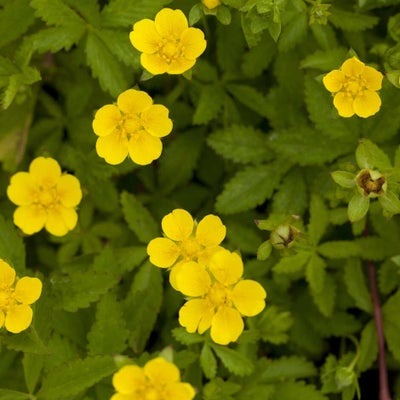
Quick facts
Creeping cinquefoil’s botanical name is Potentilla reptans
It is native to the UK and often seen in grassy verges, hedgerows and on sand dunes
Creeping cinquefoil spreads by runners – thin stems that can quickly root into soil
It provides food for insects and habitat for ground-active invertebrates and small mammals
If you need to control creeping cinquefoil, non-chemical methods are effective
What does creeping cinquefoil look like?
Creeping cinquefoil is a low-growing , typically reaching less than 20cm (8in) in height. Its creeping stems bear leaves made up of five leaflets with serrated edges. Bright yellow, five-petalled flowers about 2cm (¾in) wide, are produced from June to September.
Creeping cinquefoil has long, thin, rarely branching stems – known as runners – that are able to root from nodes (growing points). New plants quickly produce dark, thin taproots to help them establish.
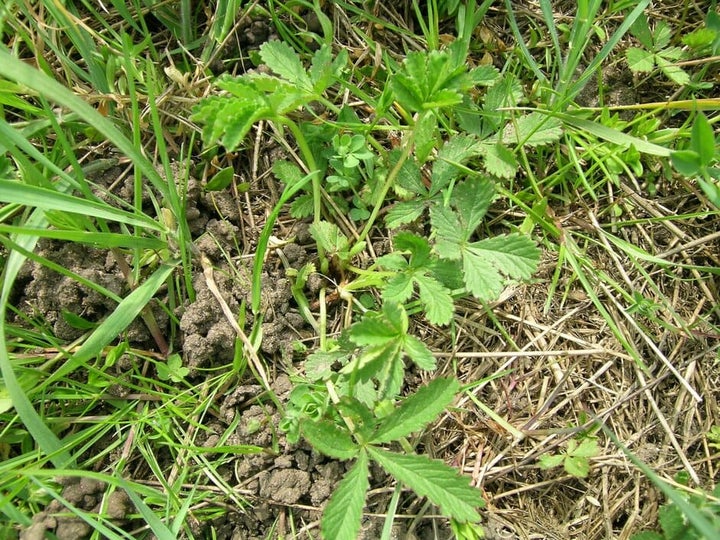
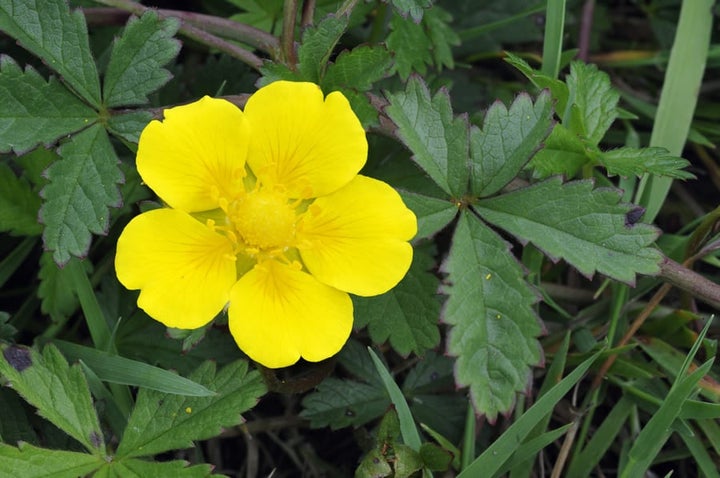
Did you know?
The flowers of creeping cinquefoil close at night and during dull weather, then open again during bright daylight – an example of how plants sense and respond to their environment.
Is creeping cinquefoil a weed?
Gardeners wanting to maintain a fine lawn, sow seed or establish small plants may consider creeping cinquefoil to be a weed. However, in many situations it is a useful garden plant, having the following benefits:
- It provides nectar and pollen for bees, earning it a place on the RHS Plants for Pollinators list
- Its leaves are a food source for caterpillars, including those of yellow shell moths and grizzled skipper butterflies
- It provides robust ground cover in sun or shade, though it flowers best in a sunny position
- It is drought tolerant and suitable for shallow, poor soils and green roofs
- Its rooting runners help to stabilise soil and reduce erosion – particularly useful on sloping ground
- It can withstand some foot traffic, making it ideal for a wildflower lawn
What is a weed?
The term ‘weed’ describes a plant that is growing where it isn’t wanted. Weeds usually thrive in average garden conditions, reproducing and spreading easily. It is up to you to decide what you call a weed and what you choose to retain or remove.
Frequently asked questions about controlling creeping cinquefoil
Here are our answers to your most common questions about dealing with creeping cinquefoil:
How invasive is creeping cinquefoil?
Creeping cinquefoil got its common name for good reason – it produces runners (thin stems able to grow roots) which allow it to creep and spread across the ground. This is good news if you want the plant to cover a steep bank or creep across a meadow, but can be a problem when it is growing near to garden borders.
Creeping cinquefoil also produces dark, thin taproots that can grow 30cm (1ft) down into the soil, and new plants are able to grow from sections of or detached runners, making control more difficult. It can also spread by seed, though this is less of a worry and can easily be prevented by deadheading.
Do I need to get rid of creeping cinquefoil?
No – allowing creeping cinquefoil to grow in a species-rich lawn, meadow, wildlife corner or less-cultivated area is a great way to boost the of your garden and gives you the chance to enjoy its attractive flowers.
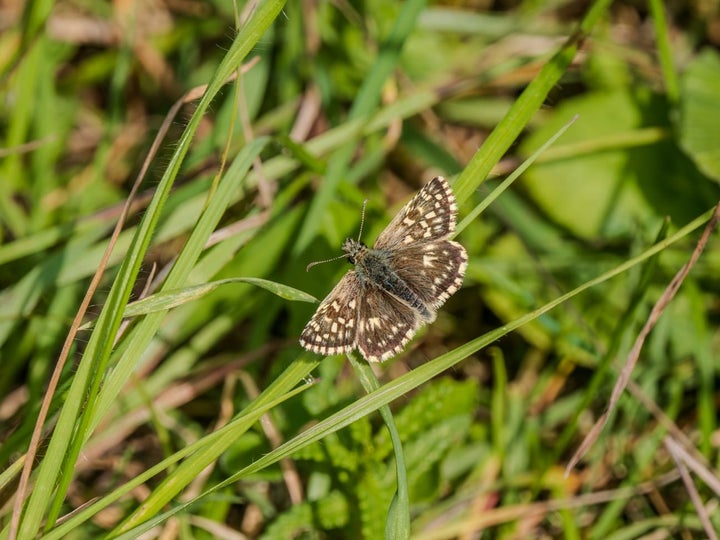
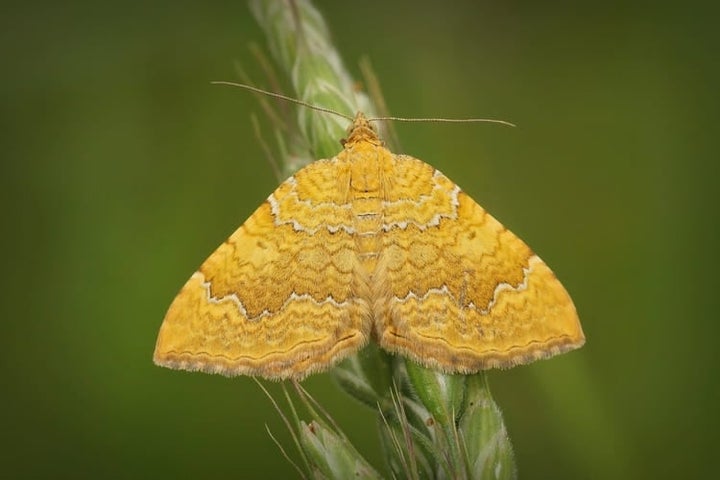
However, it is advisable to prevent it spreading into fine lawns or areas where you wish to sow seeds or grow small plants, such as alpines, to stop it competing for moisture, nutrients, space and light.
What is the easiest way to kill creeping cinquefoil?
If you have creeping cinquefoil growing where it is not wanted, there are methods of controlling it:
- Fork out plants - use a border fork to lift out clumps, inserting it deep enough to get the entire taproot out. Hand tools designed for deep-rooted weeds, often sold as ‘dandelion weeders’, are useful for targeting taproots and limiting soil disturbance. Remove small, recently rooted sections along runners with a hand fork.
- Smother plants – cut off foliage and cover the soil with cardboard and a thick 20cm (8in) layer of organic matter, such as or wood chips. Alternatively, use a heavy grade matting. This will block light and prevent growth, causing the root system to die. Keep soil covered for a few years, topping up the mulch layer if necessary, to ensure this method is effective.
- Adjust growing conditions – where feasible, improve growing conditions for nearby plants. Creeping cinquefoil thrives in dry, poor soils and is quick to spread into bare patches, so good lawn maintenance and mulching borders will favour the plants you want and discourage creeping cinquefoil.
Top Tip
Don’t add runners or taproots to your home compost bin, as it may not reach high enough temperatures to kill them. Instead, put them in your council green waste recycling bin or take them to your local recycling site.
Should I use weedkiller?
No – as non-chemical control methods are effective, even if time-consuming, there is no need to use weedkillers. Creeping cinquefoil is resistant to many selective lawn weedkillers, and it is difficult to apply other products without harming nearby plants.





